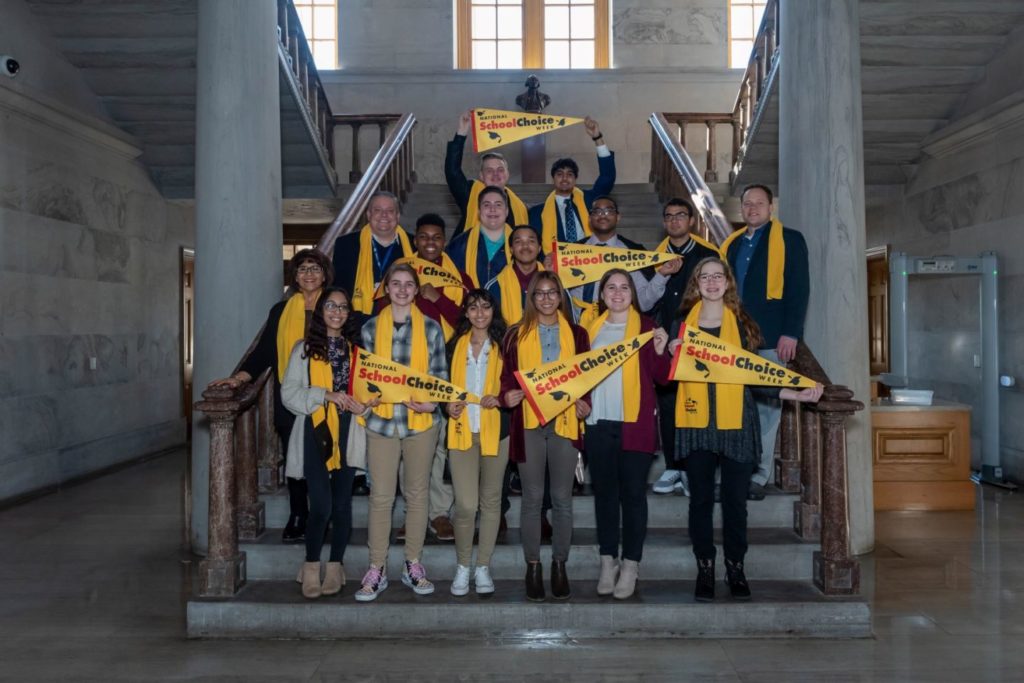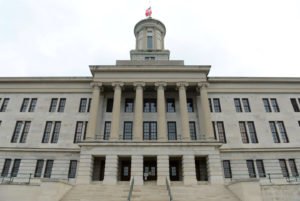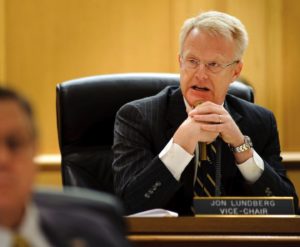Tennessee House passes bill to add Hamilton, Knox counties to ESA voucher pilot
(The Center Square) – A bill to add Hamilton and Knox counties to Tennessee’s education savings account program passed the Tennessee House on Wednesday and will now head back to the Senate to…

(The Center Square) – A bill to add Hamilton and Knox counties to Tennessee’s education savings account program passed the Tennessee House on Wednesday and will now head back to the Senate to concur.
Senate Bill 12 would then head to Gov. Bill Lee to sign.
The bill adds eligible students from the two counties to students from Shelby and Davidson counties who were first eligible to participate in the ESA program this school year following a long legal battle over the bill, which passed the Tennessee Legislature in 2019.
Rep. Mark White, R-Memphis, said he added the two counties in response to requests from members in those counties but two Democratic representatives – Rep. Yusuf Hakeem, D-Chattanooga, and Rep. Gloria Johnston, D-Knoxville – said they don’t support the measure.
White compared the opportunity for educational freedom with college students getting federal support for their school of choice.
Americans for Prosperity-Tennessee has supported the bill.
“A top priority this year has been to expand educational choice to help more Tennessee parents make the best decisions for their children,” said AFP-TN State Director Tori Venable. “By expanding education savings accounts, students in Knoxville and Chattanooga will enjoy more flexibility.”
The Senate passed its version of the bill in mid-February with Sen. Todd Gardenhire, R-Chattanooga, as sponsor.
The two versions do not change the number of students who can be admitted to the statewide program each year, which started with 5,000 this year then is 7,500 in the second year before growing to 10,000, then 12,500 and 15,000 students in the fifth year.
The first ESAs were estimated to be worth $7,572 in the first year and then grown to be $8,684. Rep. Bo Mitchell, D-Nashville, argued the ESAs only cover half of the cost of private schools and they are therefore actually for students with higher household incomes and not poor students from failing schools.
Families must have an annual household income that does not exceed twice the federal income eligibility guidelines for free lunch to be eligible. They also must attend a school identified as a priority school in 2015 and 2018 and must have been among the bottom 10% of schools as identified by the Department of Education in 2017.



